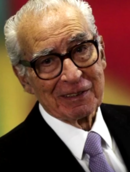
Politics in Portugal operates as a unitary multi-party semi-presidential representative democratic republic, whereby the Prime Minister of Portugal is the head of government, and the President of Portugal is the non-executive head of state with several significant political powers they exercise often. Executive power is exercised by the Government, whose leader is the prime minister. Legislative power is primarily vested in the Assembly of the Republic, although the government is also able to legislate on certain matters. The Judiciary of Portugal is independent of the executive and the legislature. The President exerts a sort of "moderating power", not easily classified into any of the traditional three branches of government.

The 2005 Portuguese legislative election took place on 20 February. The election renewed all 230 members of the Assembly of the Republic.
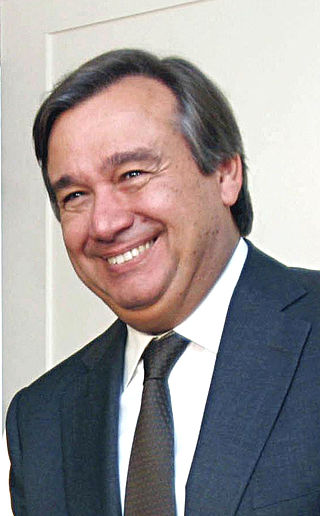
The 1999 Portuguese legislative election took place on 10 October. The election renewed all 230 members of the Assembly of the Republic.

The 2002 Portuguese legislative election took place on 17 March. The election renewed all 230 members of the Assembly of the Republic.

The 1995 Portuguese legislative election took place on 1 October. The election renewed all 230 members of the Assembly of the Republic.

The 1991 Portuguese legislative election took place on 6 October. The election renewed all 230 members of the Assembly of the Republic. There was a reduction of 20 seats compared with previous elections, due to the 1989 Constitutional revision.

The 1987 Portuguese legislative election took place on 19 July. The election renewed all 250 members of the Assembly of the Republic.

Constituent Assembly elections were carried out in Portugal on 25 April 1975, exactly one year after the Carnation Revolution. The election elected all 250 members of the Portuguese Constituent Assembly.

The 1976 Portuguese legislative election was held on Sunday 25 April, exactly one year after the previous election, and two years after the Carnation Revolution. With a new Constitution approved, the country's main aim was economic recovery and strengthening its democratic institutions. The election renewed all 263 members of the Assembly of the Republic.

The 1979 Portuguese legislative election took place on 2 December. The election renewed all 250 members of the Assembly of the Republic, 13 seats less than those elected in 1976.

The 1983 Portuguese legislative election took place on 25 April. The election renewed all 250 members of the Assembly of the Republic.

The 1980 Portuguese legislative election took place on 5 October. The election renewed all 250 members of the Assembly of the Republic.
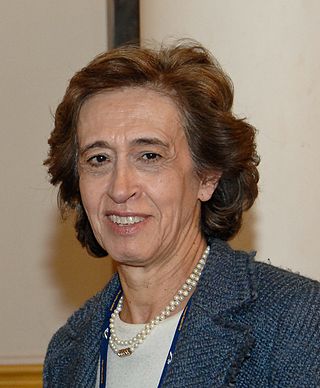
The 2009 Portuguese legislative election was held on 27 September, to renew all 230 members of the Assembly of the Republic. The Socialist Party, led by incumbent Prime Minister José Sócrates, won the largest number of seats, but didn't repeat the overall majority they gained in 2005.

The 2011 Portuguese legislative election was held on 5 June, to elect all 230 members of the Assembly of the Republic. Pedro Passos Coelho led the centre-right Social Democratic Party to victory over the Socialist Party, led by incumbent Prime Minister José Sócrates. Despite a historically low turnout of less than 60% of registered voters, the right-wing won a clear mandate, winning nearly 130 MPs, more than 56% of the seats, and just over 50% of the vote. While the People's Party, continuing the trend they began in 2009, earned their best score since 1983, the Social Democrats exceeded the expected result in the opinion polls and won the same number of seats as they did in 2002, when the PSD was led by José Manuel Durão Barroso. Of the twenty districts of the country, Pedro Passos Coelho's party won seventeen, including Lisbon, Porto, Faro, Portalegre, Castelo Branco, Coimbra, Santarém and the Azores, that tend to favor the Socialist Party.
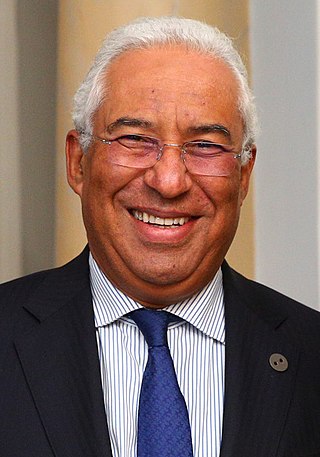
The 2015 Portuguese legislative election was held on 4 October. All 230 seats of the Assembly of the Republic were in contention.
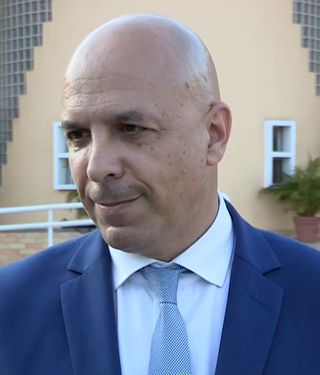
Regional elections were held on 22 September 2019 to determine the composition of the Legislative Assembly of the Autonomous Region of Madeira in Portugal. All 47 members of the Assembly were up for election.

Lisbon is one of the 22 multi-member constituencies of the Assembly of the Republic, the national legislature of Portugal. The constituency was established in 1976 when the Assembly of the Republic was established by the constitution following the restoration of democracy. It is conterminous with the district of Lisbon. The constituency currently elects 48 of the 230 members of the Assembly of the Republic using the closed party-list proportional representation electoral system. At the 2024 legislative election it had 1,915,287 registered electors.

Porto is one of the 22 multi-member constituencies of the Assembly of the Republic, the national legislature of Portugal. The constituency was established in 1976 when the Assembly of the Republic was established by the constitution following the restoration of democracy. It is conterminous with the district of Porto. The constituency currently elects 40 of the 230 members of the Assembly of the Republic using the closed party-list proportional representation electoral system. At the 2024 legislative election it had 1,591,760 registered electors.

Aveiro is one of the 22 multi-member constituencies of the Assembly of the Republic, the national legislature of Portugal. The constituency was established in 1976 when the Assembly of the Republic was established by the constitution following the restoration of democracy. It is conterminous with the district of Aveiro. The constituency currently elects 16 of the 230 members of the Assembly of the Republic using the closed party-list proportional representation electoral system. At the 2024 legislative election it had 642,086 registered electors.

Coimbra is one of the 22 multi-member constituencies of the Assembly of the Republic, the national legislature of Portugal. The constituency was established in 1976 when the Assembly of the Republic was established by the constitution following the restoration of democracy. It is conterminous with the district of Coimbra. The constituency currently elects nine of the 230 members of the Assembly of the Republic using the closed party-list proportional representation electoral system. At the 2024 legislative election it had 371,769 registered electors.

